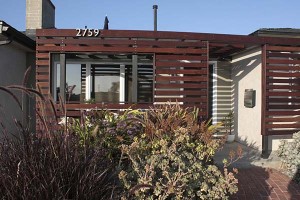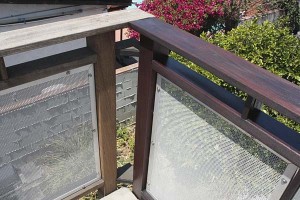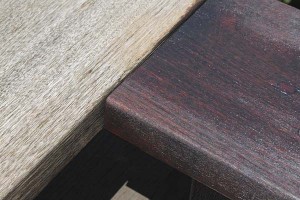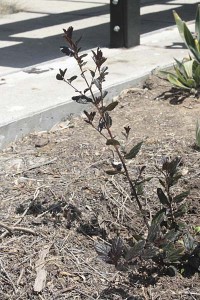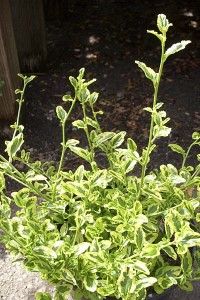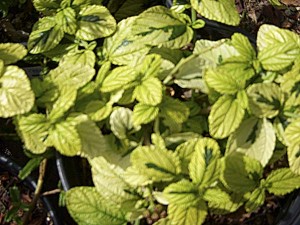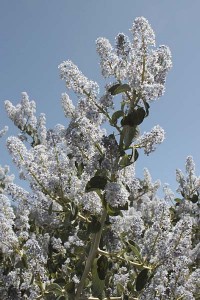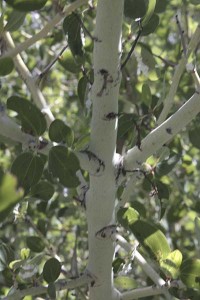I showed the almost-complete version of this front porch screen earlier, but that was before we applied the final stain to the wood. Here it is in the really final version.
As long as we were staining wood, we got up to the deck and attacked the railings with the same stain. It had been more than a year since we’d done it last and things had faded. You can see the before and after pretty clearly in these pictures. (This project used an oil-based stain for hardwoods. They make a water-based stain that claims to last seven years, but it ended up flaking off this oily ipe hardwood on the small project we tested it on. Total disaster. Save it for softwoods.)
How do all of you react to exterior wood that’s aged to a silver color? This project is still on the new side for us and we wanted to keep it looking as it did when we first finished it. Staining all the tops and bottoms and sides of the wood is a lot of work, though. As we get less able or motivated to keep up with details around the house, I’m sure we’ll let things assume more of a Gray Gardens look.
But back to the front screen… After the project was complete there was a gap between where the screen ends and the driveway. While I’m not one to put up castle walls and a moat between us and the busy street, a little more privacy seemed like a good idea.
Before, we had a couple low lavenders in front of the screen: Nice enough and they survived with virtually no summer watering. But they weren’t much of a privacy screen. Yank. Out they went.
In their place is this new Ceanothus ‘Tuxedo.’ I’d done a post on some garden ceanothus not long ago, and I couldn’t stop thinking about the near-black foliage of this variety. With the lavenders gone, there was a perfect place for it.
Okay, stare at the picture of the little gallon plant and ask the obvious question: “Wasn’t the idea to install a plant that would screen the view from the street?”
Ceanothus tend to be rapid growers. This selection is new to the trade this spring, so I’m not sure exactly how rapid it’ll be. Still, I expect that it’ll approach its target size of six feet by six feet before too long. I’ll post more pictures as it fills in.

